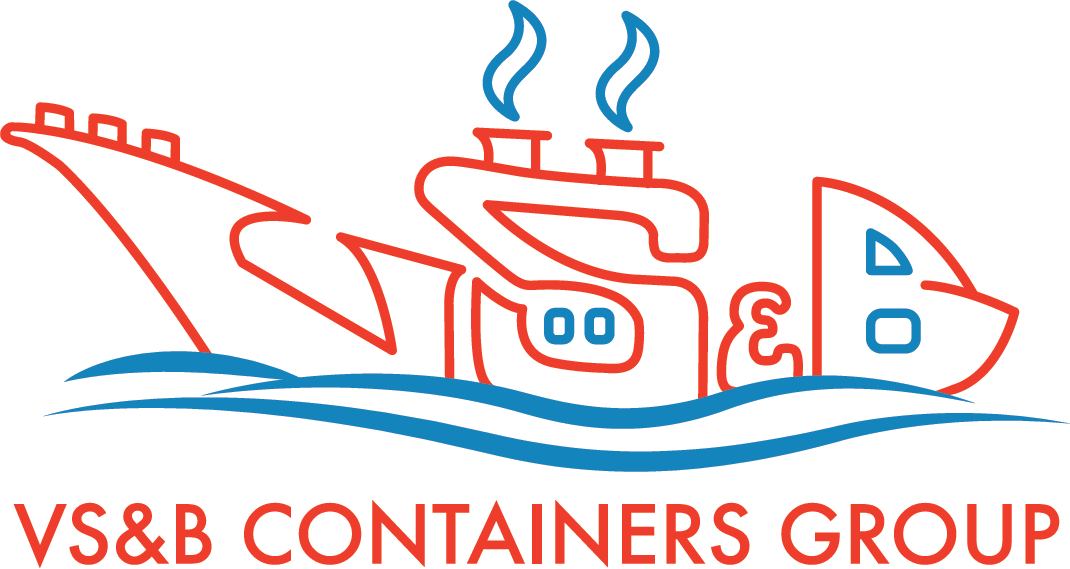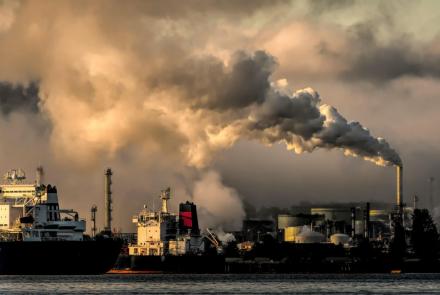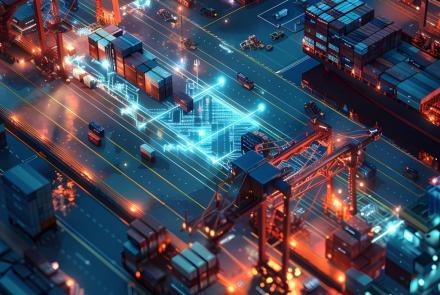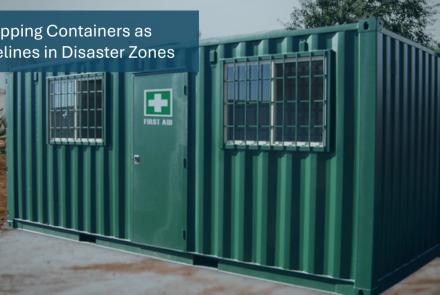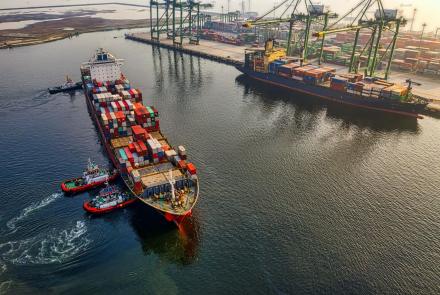The Evolution of Container Design: From Standard to Specialized
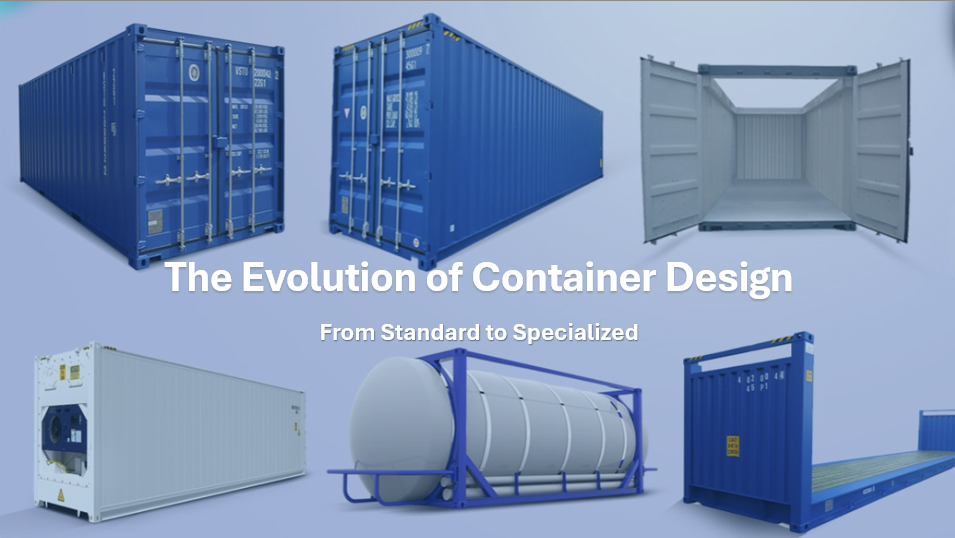
In the ever-evolving world of logistics and shipping, container design has undergone a significant transformation. From its humble beginnings to the sophisticated and specialized containers of today, the journey reflects the dynamic nature of global trade and the continuous pursuit of efficiency and safety.
The Birth of Standard Containers
The concept of containerization revolutionized the shipping industry in the mid-20th century. Before standard containers, cargo was handled individually, leading to inefficiencies and increased costs. The introduction of standardized containers, pioneered by Malcolm McLean in the 1950s, was a game-changer. These standardized metal boxes could be easily transferred between ships, trains, and trucks, streamlining the logistics process and reducing the cost of transportation.
The original standard containers were designed to be versatile and robust, accommodating a wide range of goods. The most common types were the 20-foot and 40-foot dry cargo containers, which quickly became the backbone of global trade.
The Emergence of Specialized Containers
As global trade expanded, so did the need for specialized containers to handle diverse cargo types and meet specific requirements. The limitations of standard containers led to the development of various specialized designs, each tailored to address unique challenges.
- Refrigerated Containers (Reefers): The need to transport perishable goods led to the invention of refrigerated containers, or reefers. These containers are equipped with cooling units to maintain specific temperatures, ensuring that goods such as fruits, vegetables, pharmaceuticals, and chemicals remain fresh and viable during transit.
- Flat Rack Containers: To accommodate oversized and heavy cargo, flat rack containers were developed. These containers have an open design with collapsible sides, allowing them to transport goods that do not fit into standard containers, such as machinery, vehicles, and construction materials.
- Open Top Containers: Designed for easy loading and unloading of tall or bulky items, open top containers feature a removable tarpaulin cover. They are ideal for goods that require overhead loading, such as timber, steel coils, and large machinery.
- Tank Containers: For transporting liquids and gases, tank containers provide a secure and efficient solution. These containers are equipped with a cylindrical tank and are used for chemicals, fuels, and other liquid commodities.
- High Cube Containers: Offering additional height compared to standard containers, high cube containers provide extra storage space. This design is particularly useful for goods that require more volume but not necessarily additional weight capacity.
Addressing Modern Shipping Challenges
Specialized containers have been pivotal in addressing modern shipping challenges. They enhance cargo safety, optimize space utilization, and ensure compliance with regulatory standards. For instance, the rise in e-commerce and just-in-time delivery models has increased the demand for containers that can handle a variety of goods with precision and efficiency.
Additionally, environmental concerns and sustainability have driven innovation in container design. Companies are now focusing on eco-friendly materials and technologies to reduce the carbon footprint of shipping operations.
VS&B Containers: Leading the Way
At VS&B Containers, we understand the importance of specialized containers in today’s shipping landscape. Our extensive fleet includes a range of container types, from standard to highly specialized designs, ensuring that we meet the diverse needs of our clients. By continually adapting to industry trends and technological advancements, we provide solutions that drive efficiency and support global trade.
In conclusion, the evolution of container design from standard to specialized reflects the dynamic nature of the shipping industry. As global trade continues to expand and evolve, so will the innovations in container technology, driving progress and ensuring the smooth flow of goods across the world.
For more insights into container solutions and to explore our range of offerings, visit the VS&B Containers website.
Your Container Equipment Provider Of First Choice
VS&B Containers, headquartered in Chennai, began operations in 1996. The company offers a wide variety of containers, both newly built and used, and custom-built units that can be directly shipped from our manufacturing facilities to your preferred destinations across the world. We also operate a leased fleet of over 30,000 containers for both international leasing and domestic leasing (within India). If you have container requirements, do drop us an email at info@vsnb.com and a member of our team will reach out to assist you.
Furthermore, iInterchange Systems (A VS&B group company) provides state-of-the-art software solutions tailored specifically to meet the needs of container shipping and logistics enterprises. Please visit www.iinterchange.com for more details.
- Log in to post comments
